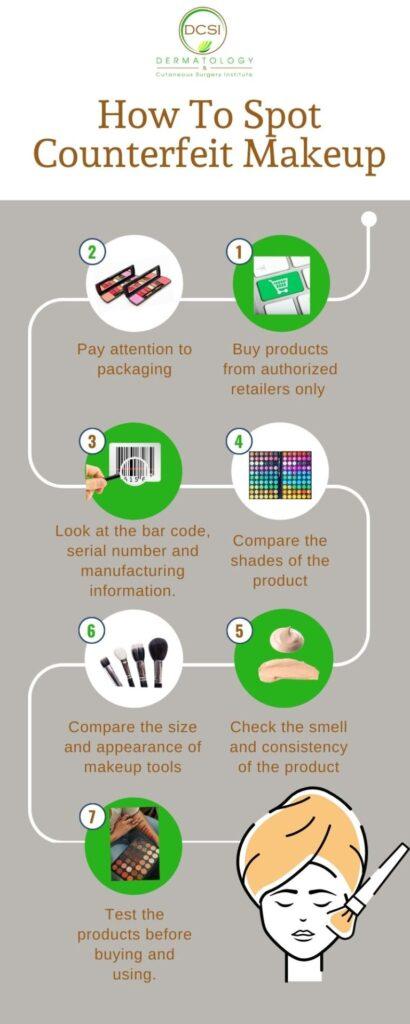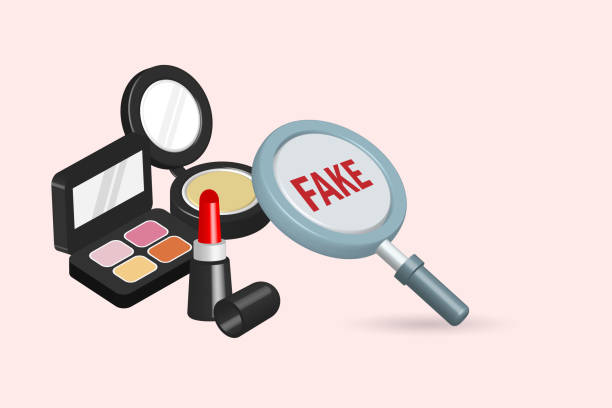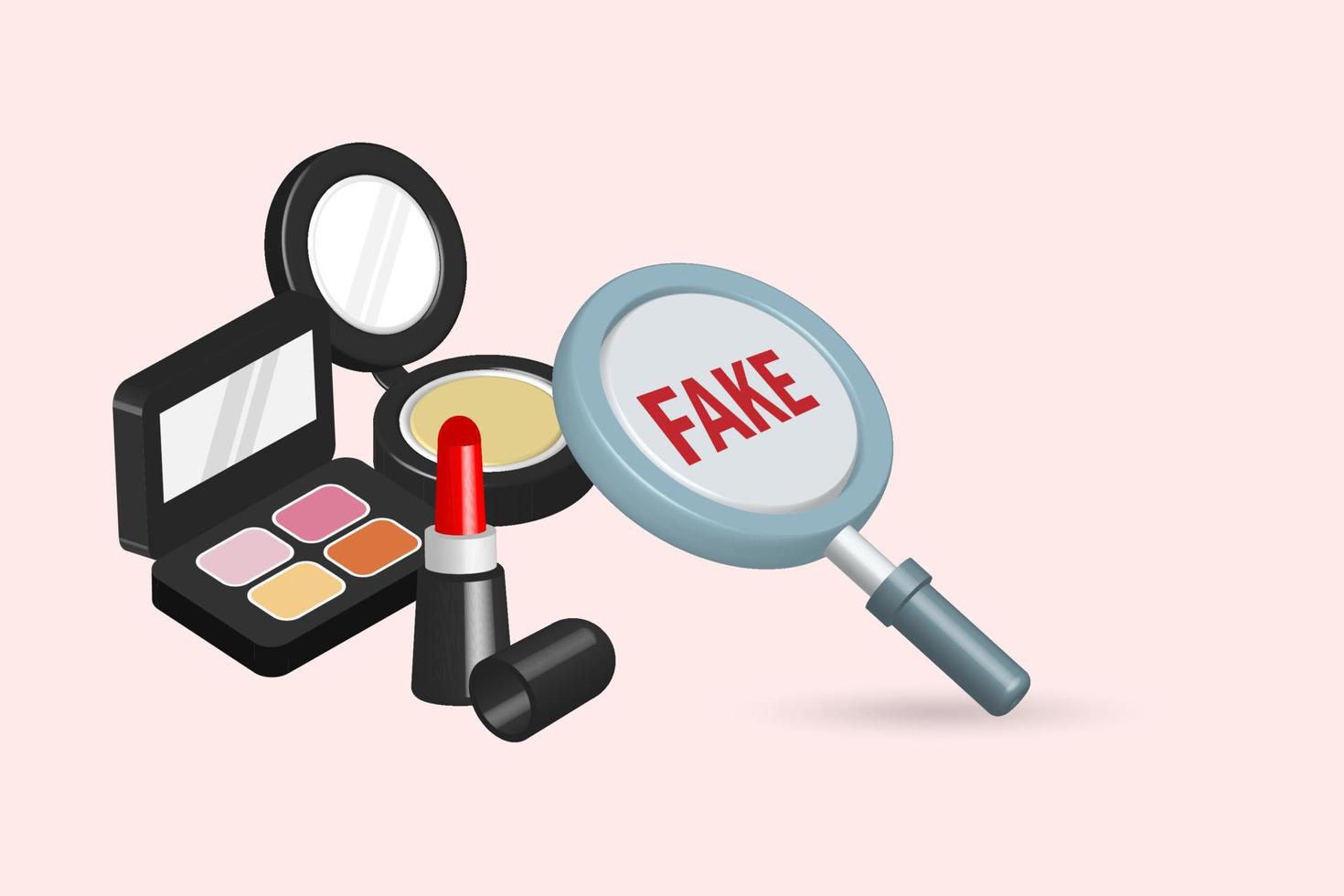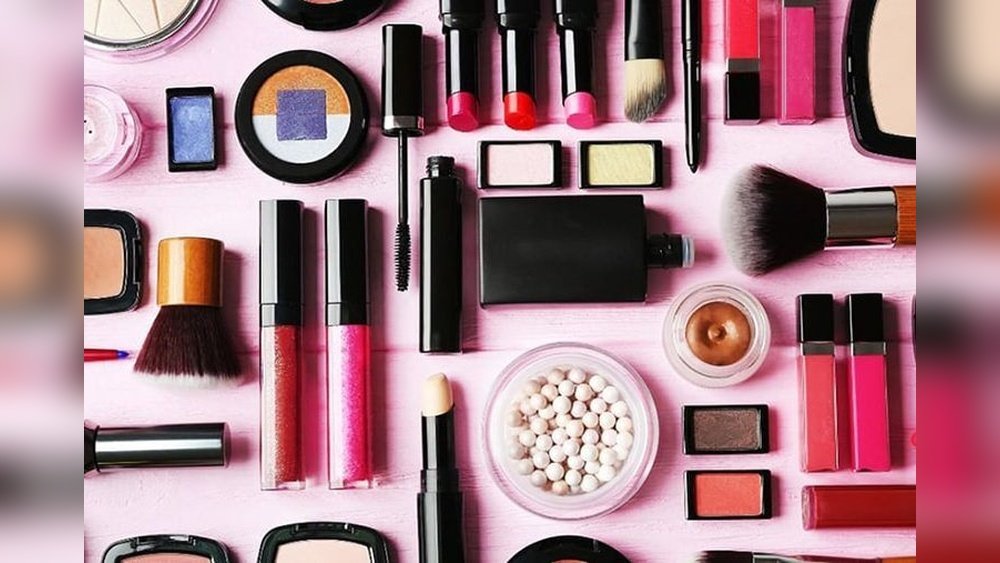You love looking and feeling your best, so using quality cosmetics is a must. But what if the product you bought isn’t what it claims to be?
Counterfeit cosmetics are everywhere, and they can harm your skin, your health, and your wallet. You might think spotting a fake is easy, but counterfeiters are getting smarter, making it harder to tell the difference. Knowing how to detect counterfeit cosmetics can save you from nasty surprises and keep your beauty routine safe.
Ready to protect yourself and your skin? Let’s dive into the simple, effective ways you can spot fake products before they cause damage.
Packaging Clues
Packaging offers vital clues to spot counterfeit cosmetics. Fake products often show small differences in how they look and feel. These subtle signs help buyers avoid scams and ensure product safety. Examining the packaging closely can reveal if a product is genuine or fake.
Color And Logo Differences
Counterfeit cosmetics usually have colors that are slightly off. The shades may be too bright or dull compared to the original. Logos might look blurry or have incorrect shapes. Even minor changes in color tone or logo design are red flags. Always compare the product with official brand images.
Font And Print Quality
Look at the font style and size on the packaging. Fake items often use the wrong font or uneven spacing. Printing might be smudged or faded. Genuine products have clear, sharp printing with consistent fonts. Poor print quality suggests a counterfeit product.
Seal And Fill Level Checks
Check the seal on the cosmetic packaging carefully. Authentic products have secure, intact seals. Broken or loose seals indicate tampering. Also, compare the fill level inside the container. Fake products may have less content or uneven fill levels. Proper sealing and fill show product authenticity.

Credit: www.mydcsi.com
Product Texture And Scent
Product texture and scent reveal much about a cosmetic’s authenticity. Authentic products maintain consistent texture and fragrance. Counterfeit items often differ noticeably in these aspects. Testing these features helps spot fake cosmetics quickly. Trust your senses and examine the product carefully.
Unusual Smells
Genuine cosmetics usually have a mild, pleasant scent. Fake products might smell too strong or chemical-like. Sometimes, the scent is completely off or unpleasant. This difference happens because counterfeit makers use cheaper ingredients. Always sniff the product before use. If the smell seems odd, avoid using it.
Inconsistent Texture
Real cosmetics have smooth, even textures. Fake ones may feel grainy, watery, or sticky. Texture changes can affect how the product applies to skin. A product that feels different than usual is a red flag. Compare the texture with a trusted original if possible. Texture inconsistency often signals a counterfeit item.
Color Variations
Original cosmetics maintain consistent color tones. Counterfeit items may show slight color differences. These variations appear in powders, creams, and lipsticks. Color that is too dark, light, or uneven may mean the product is fake. Always check the color carefully before buying. Color changes can indicate poor quality or fake ingredients.
Purchase Source Tips
Choosing the right place to buy cosmetics is key to avoiding counterfeit products. The source of your purchase affects the product’s safety and quality. Follow these tips to pick a trustworthy seller and protect yourself from fake cosmetics.
Buying From Reputable Sellers
Buy cosmetics only from well-known stores or official brand websites. These sellers have strict rules to ensure genuine products. Shopping at reputable places lowers the chance of getting fakes. Look for certified stores or authorized dealers in your area.
Avoiding Unauthorized Retailers
Stay away from unknown sellers or suspicious websites. Unauthorized retailers often sell counterfeit items to make quick profits. Check if the seller has a physical address and contact details. Avoid deals that look too cheap or offers that seem unrealistic.
Checking Customer Reviews
Read reviews from other buyers before purchasing. Genuine feedback can reveal if a seller provides real or fake cosmetics. Look for patterns in complaints about product quality or delivery. Trust sellers with many positive reviews and satisfied customers.
Using Technology
Technology helps spot fake cosmetics fast and easy. It offers tools to check product details and safety. Using tech reduces risks of buying poor or harmful items. Each tool serves a unique purpose in verification. Here are some effective tech methods to detect counterfeit cosmetics.
Barcode Scanning Apps
Barcode scanning apps read product codes quickly. They show product info stored by the brand or retailer. Shoppers can verify if the barcode matches the item. Fake products often have wrong or missing barcodes. Scanning helps confirm authenticity before buying.
Ingredient Safety Databases
Ingredient safety databases list chemicals and their effects. Users search product ingredients to check for harmful substances. These databases warn about allergens and toxic items. They help buyers choose safe cosmetics. Comparing ingredients alerts users to suspicious or fake products.
Brand Verification Tools
Brand verification tools connect directly to official company data. They confirm if a product is genuine or authorized. Some brands offer QR codes or serial numbers for checking. These tools reduce chances of buying counterfeit items. They provide peace of mind with proof of authenticity.
Reporting And Verifying
Reporting and verifying counterfeit cosmetics plays a key role in protecting consumers and brands. Timely actions help stop fake products from spreading. Knowing how to contact brands and report suspicious items strengthens your safety. Staying updated on product recalls also keeps you informed of risks.
Contacting Brands Directly
Reach out to the brand’s official customer service for product checks. Many brands offer verification tools on their websites. Send photos and batch numbers to get confirmation. Direct contact ensures you receive accurate information. Brands can guide you on authenticity and safety.
Reporting Fake Products
Report counterfeit cosmetics to brand owners and consumer protection agencies. Use official channels like email or online forms for reporting. Provide detailed information such as purchase location and product images. Reporting helps brands track and remove fake products. This action also protects other buyers from harm.
Staying Informed On Recalls
Follow brand websites and trusted news sources for recall announcements. Sign up for alerts to receive updates about unsafe products. Recalls often happen after discovering counterfeit or defective items. Staying informed helps you avoid buying harmful cosmetics. Check recall lists regularly before making purchases.

Credit: www.istockphoto.com

Credit: www.vecteezy.com
Frequently Asked Questions
How To Spot Fake Beauty Products On Amazon?
Check packaging for misspelled words, off-color logos, and broken safety seals. Compare texture, smell, and quality with authentic products. Read seller reviews and buy only from reputable sellers. Contact the brand if unsure.
How To Identify Original Vs Fake?
Check packaging quality, logo accuracy, spelling errors, and ingredient lists carefully. Compare textures, smells, and safety seals with authentic products. Buy only from reputable sellers to avoid fakes.
How To Check If A Makeup Brand Is Safe?
Check a makeup brand’s safety by reviewing ingredient lists, verifying certifications, reading customer reviews, and using safety rating apps like EWG or ThinkDirty. Purchase only from reputable sellers and inspect packaging for authenticity signs. Avoid products with harmful ingredients or suspicious quality to ensure safety.
How To Ask If A Product Is Real?
Ask the seller directly if the product is authentic. Verify packaging details, logos, and ingredient lists carefully. Compare with official sources.
What Are Common Signs Of Counterfeit Cosmetics?
Look for misspelled words, off-color logos, broken seals, and unusual smells or textures.
How Can Packaging Reveal Fake Beauty Products?
Fake packaging often looks too shiny, has wrong fonts, or poor print quality.
Is It Safe To Buy Cosmetics From Online Marketplaces?
Online marketplaces may have fake products; buy only from trusted sellers or official stores.
Conclusion
Detecting counterfeit cosmetics protects your skin and wallet. Always check packaging quality, logos, and ingredient lists carefully. Trust only reliable stores and official websites. Comparing products to ones you own helps spot differences. When in doubt, contact the brand directly for confirmation.
Staying alert keeps you safe from fake beauty products. Your health matters—choose wisely and shop smart.
 Skip to content
Skip to content 